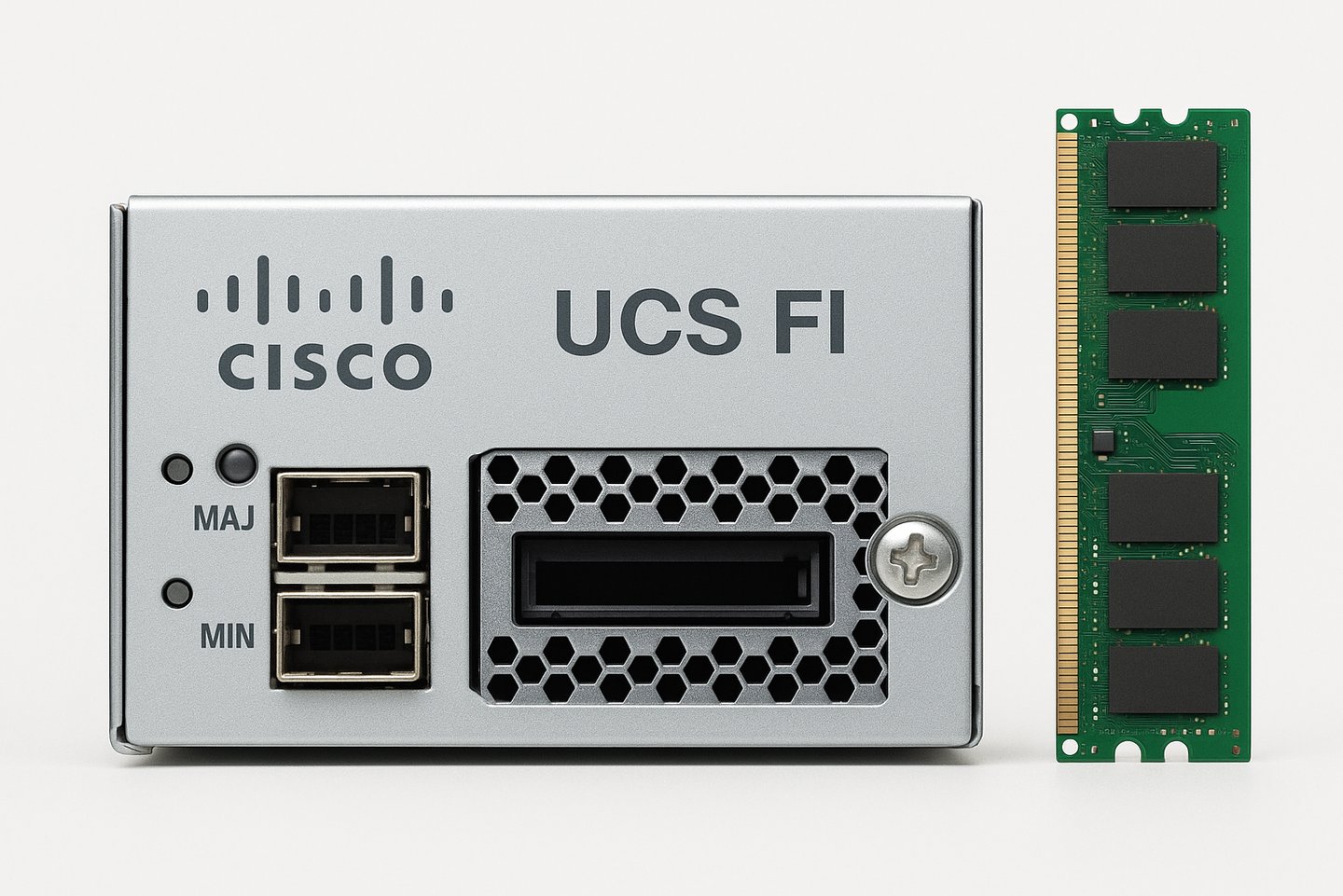Troubleshooting Memory Errors in a Cisco UCS FI Environment
UCS FI
V
7/31/20252 min read


Overview
In data center environments using Cisco Unified Computing System (UCS), encountering memory-related faults can significantly impact server performance. One such issue is a "Memory Inoperable" error displayed in UCS Manager. This guide walks through the complete process of identifying and resolving such memory faults using both GUI and CLI methods, followed by physical hardware checks if necessary.
Step-by-Step Solution for UCS Memory Inoperable Error
1. Resolution via UCS Manager (GUI Method)
When you receive the memory fault alert:
Log in to UCS Manager (UCSM) via your web browser.
Navigate to the Equipment tab.
Locate the server reporting the memory issue.
Right-click the server and select “Reset Memory Errors”.
Wait a few moments and then recheck the server status to confirm whether the issue persists.
This method often clears transient errors caused by temporary communication glitches.
2. Using Command Line Interface (CLI)
If the UCSM GUI doesn’t fully clear the fault, proceed with the CLI.
> Confirm and Reset Memory Errors
scope server X/Y
" Replace X/Y with the server’s specific chassis/blade ID"
reset-all-memory-errors
commit-buffer
> Clear System Event Logs
scope server X/Y
clear sel
commit-buffer
> Reset the CIMC (Cisco Integrated Management Controller)
scope server X/Y
scope cimc
reset
commit-buffer
After running the above commands, monitor the system for at least 48 hours. If memory errors continue to appear, begin physical troubleshooting.
3. Physical Troubleshooting Steps
When software resets don’t resolve the issue, it’s time to investigate hardware components such as DIMMs, sockets, or the motherboard.
> Isolate the Fault
Place the Host in maintenance mode to avoid disrupting workloads.
Identify and swap the suspected DIMM module with another known-good module.
Reboot the server, keeping it in maintenance mode.
Monitor the server for 48 hours.
> Interpret the Results
If the error follows the DIMM, this indicates a faulty memory module, which should be replaced.
If the error remains in the original socket, the problem may lie with the motherboard, and it should be considered for replacement.
4. Capture Logs for Cisco TAC or Support
> If the error persists beyond hardware swaps:
Collect a fresh set of UCSM logs and chassis logs.
Open a case with Cisco Technical Assistance Center (TAC) for further diagnosis and replacement support.
Conclusion
Handling memory faults within a Cisco UCS Fabric Interconnect environment involves a structured approach: starting from UCS Manager for quick resets, moving to CLI for deeper intervention, and finally isolating hardware faults if required. Monitoring the system after each step is crucial to confirm the resolution. Early detection and proper resolution reduce downtime and maintain system stability in mission-critical environments.
My post content